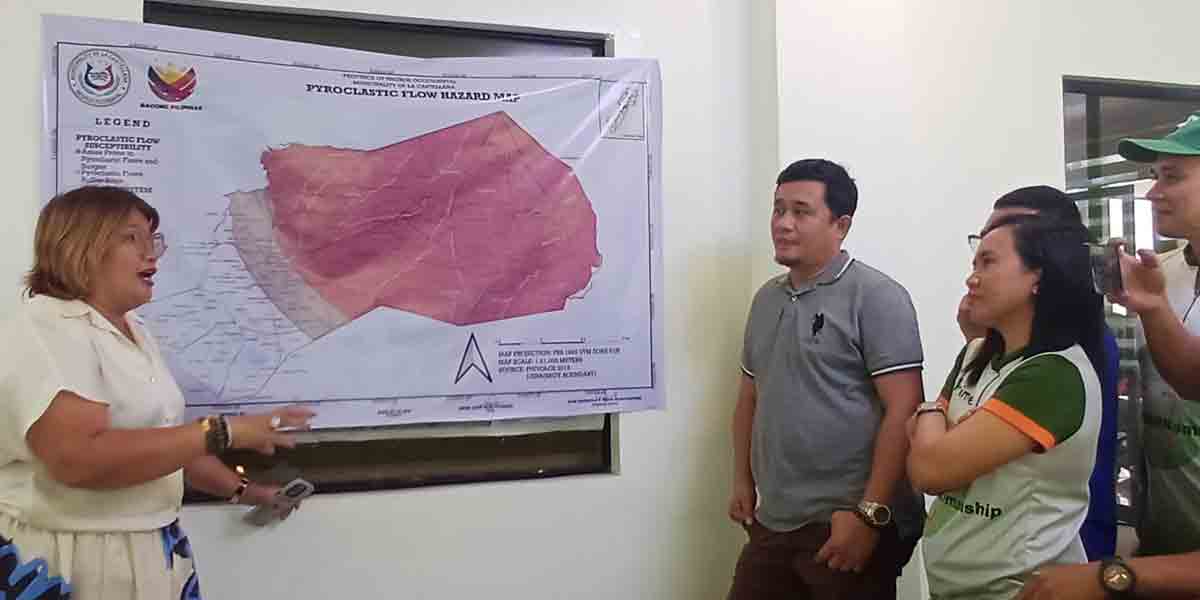 By Modesto P. Sa-onoy
By Modesto P. Sa-onoy
Statistics from the Sugar Regulatory Administration show consistent decline in production but SRA is not worried about the situation. Of course, why should the SRA fret over the increasing deficit in our sugar supply? It is easy to simply import and make money than to break heads trying to improve production.
With this mindset, why should the industry be opposing importation? Is that all political blah-blah? Miller Steven Chan is right when he worries about the rise in consumption because the increase in consumption necessarily will mean importation. But SRA is not concerned – high cost of production and importation are worries of producers. SRA has no problem approving importation and making traders happy.
The harsh words against liberalized importation now appears to be a zarzuela of politicians and SRA to be politically correct. As I wrote many times before, given consistency of data importation is the new reality.
But let’s play along the defenses of SRA. Administrator Hermenegildo Serafica attributed the lower sugar output to a drought and the fact that milling was “rather slow,” but he is optimistic that production can recover this crop year. He declared, “I’m confident that we can bounce back. It is only that drought has affected our production.” Did we have drought in 2018 and last year to warrant cloud seeding?
Serafica said that climate has been a problem; there is lack of irrigation. Since when did the industry have irrigation for most planters? A few have but they are the big landowners with capacity to construct their system, but how about most who depend on nature’s blessings? The Comprehensive Agrarian Reform Program that reduced the industry into small parcels of land had insured that the planters can never have an irrigation system.
The Sugar Industry Development Act of 2015 had among others the setting up of the infrastructure but SRA failed to make use of the billions to establish the system, among others. Blaming nature is not a defense, it is handwashing.
He added that there is also a slow harvest as others still wait for the sugarcane to mature which is true. Indeed, by January 2020 over 200,000 tons had not yet been milled compared to the previous year. Maturation is predictable – there must be some reason, like late cultivation for lack of credit or perhaps increased number of farms that have gone out of the industry. We hope the industry will be able to catch up, but don’t bet your devalued peso on that.
The visit of the SRA and sugar millers to Thailand appears to be an effort to seek answers to the industry’s problems. Thai sugar industry leaders are always ready to share their knowledge, after all they learned much from us in previous years. They are just returning the favor. This is now a case of the students teaching the teachers.
According to reports, the Philippine delegation attributes the success of the Thai sugarcane industry to the “organized, collaborative and supportive effort of the Thai government, millers and sugarcane growers.” The implication is that this is not the case in the Philippine, which to some extent is true and even worse.
But let us let the industry contemplate on these observations and if they believed they are not organized, collaborative and supportive of the common effort of the three sectors that are in truth already what SRA is composed of, they should take action to rename, restructure and redefine the SRA.
One difference is structure – there are more representations of the sectors in Thailand than in the Philippines. Is this the case of more heads better than one? Or could it deteriorate into a situation of more cooks spoiling the broth?
The Philippine sugar industry, SRA specifically, should take time back to their history why the representations in the top level of the industry is limited rather than inclusive. They can go back to 1935 and the 1970s and study the reasons.
The Office of the Cane and Sugar Board of Thailand have five representatives from the government, nine representatives from the sugarcane growers and seven representatives of the millers. They set the sugar prices at the start and end of the milling season and, like the Philippines set the date to start the milling season.
This system is not new, but what happened here? We’ll resume on Monday.





















